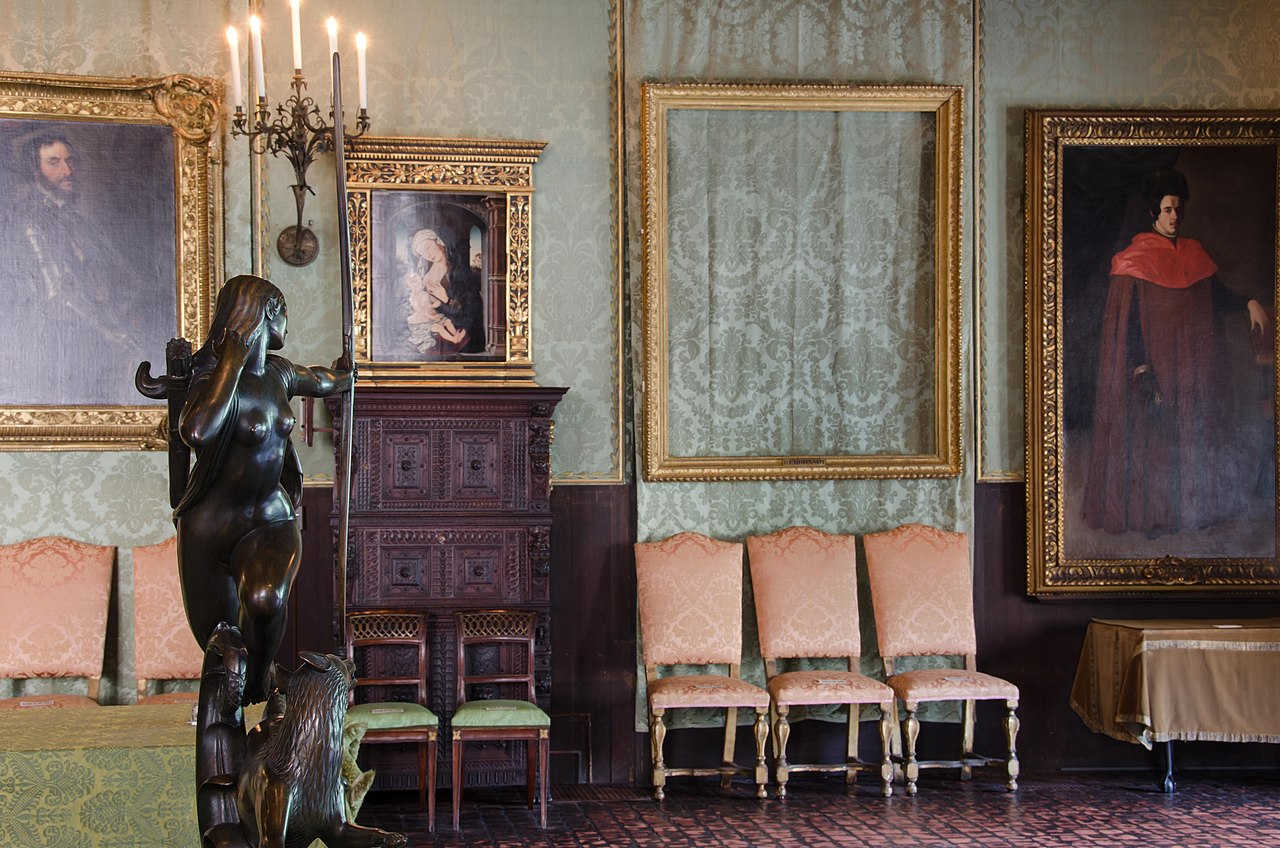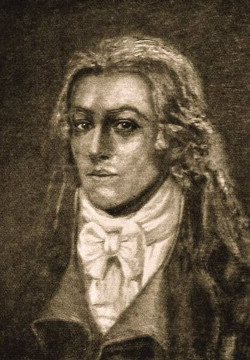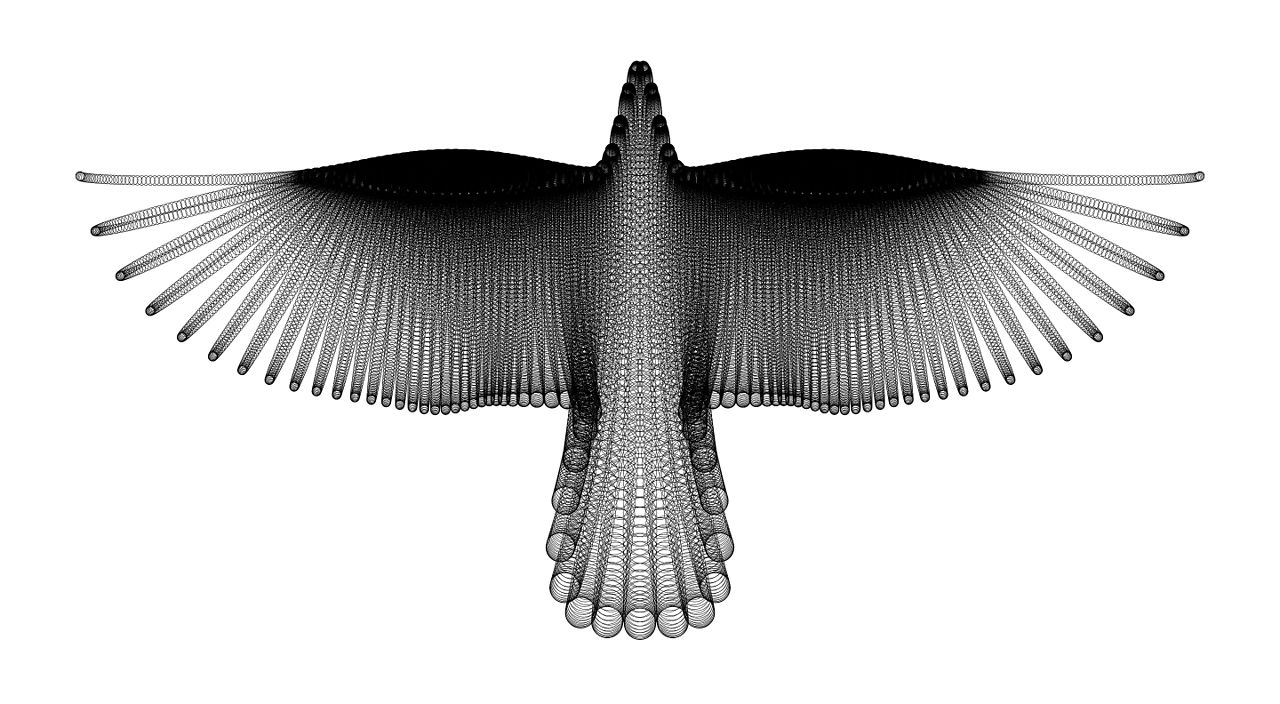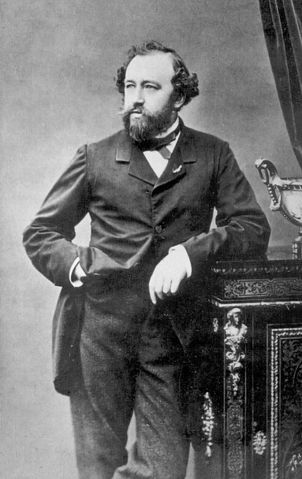In 1948 the Italian composer Giacinto Scelsi entered a sanatorium in the Swiss Alps, where he began to pass the time by repeatedly striking a single piano key and listening intently to its sound. He said later:
Reiterating a note for a long time, it grows large, so large that you even hear harmony growing inside it. … When you enter into a sound, the sound envelops you and you become part of the sound. Gradually, you are consumed by it and you need no other sound. … All possible sounds are contained in it.
The result, eventually, was his 1959 composition Quattro pezzi (ciascuno su una nota sola) (“Four Pieces, Each on a Single Note”) for chamber orchestra, in which each movement concentrates on a single pitch, with varying timbre and dynamics.
He wrote, “I will say only that in general, western classical music has devoted practically all of its attention to the musical framework, which it calls the musical form. It has neglected to study the laws of sonorous energy, to think of music in terms of energy, which is life. … The inner space is empty.”
While we’re at it: Here’s how Rick Astley’s “Never Gonna Give You Up” would sound if all the notes were C:
(Gregory N. Reish, “Una Nota Sola: Giacinto Scelsi and the Genesis of Music on a Single Note,” Journal of Musicological Research 25 [2006] 149–189.)





